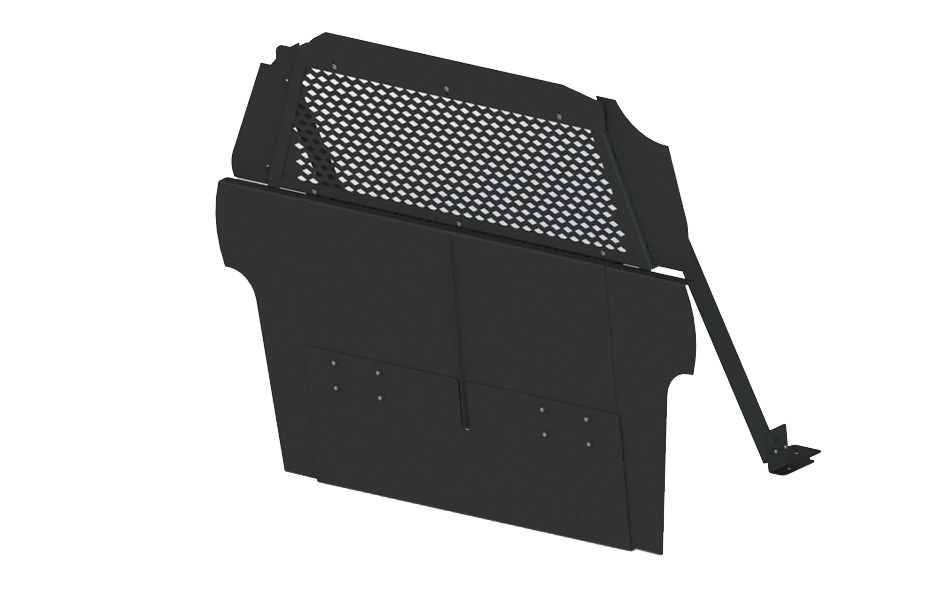- 558
- 168
Effortlessly broke a guy’s arm to where it started spraying out blood.Crushed Dr. Sartain’s skull in a single stomp.Can effortlessly break people’s neck.Broke a man’s jaw off-screen.
Nevermind about that. He should be Street+ (or maybe higher) based off of the car feat, which we only use the 25 mph end, but since Hawkins was dead set on killing Myers and slammed the pedal, we should at least use the 45 mph end which is 12.9 KJ.
This would also scale to both Laurie and Corey.
Agree: GraveDigger84, (1)
Disagree:
(Note: This only scales to his 2018-2022 key, not 1978.)
Last edited:
